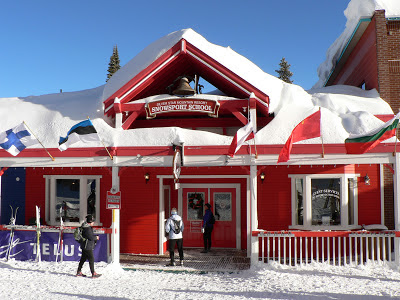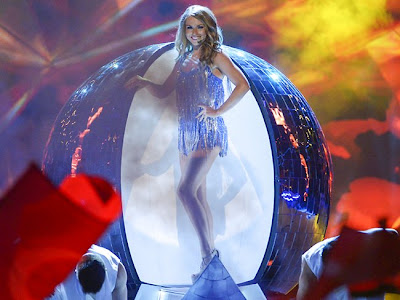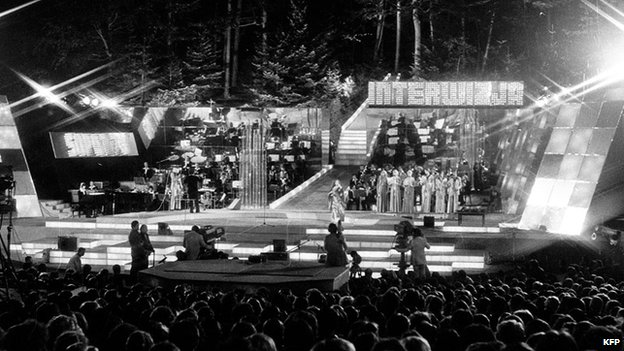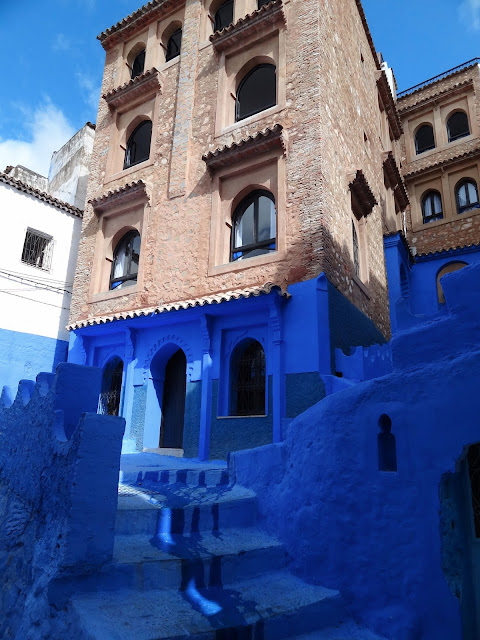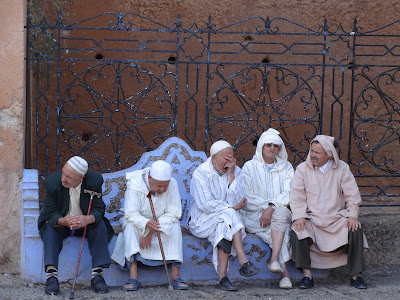My 1960s unit complex has quite the quirk; every few months or so the sewage line blocks and overflows.
The result? Well, let's just say the back lawn has been well fertilised as waste from all six units cascades out from time to time.
It's not pretty and the smell sticks to your nostrils days after the trusty plumber has literally dived in and cleared the blockage.
Every time it happens I hope that it's the last time I have to witness anything to do with sewage.
Does anyone ever want to see sewage? Probably not.
But in Paris, they've boldly turned part of their sewers into a tourist attraction. And yes, people actually pay to visit it.
 |
| Not the side of Paris often shown in brochures |
Like most visitors to the City of Lights, we didn't travel to Paris specifically to tour the sewers.
 |
| Best lit and cleanest sewer you're ever likely to visit |
We were greeted by wide, well-lit underground tunnels and barely the smell nor sight of sewage to be detected.
 |
| The Phantom of the Opera or Jean Valjean could be just around the corner |
Apart from showing a completely different subterranean side of Paris, it charts an interesting journey of how the city, and its sewer, evolved.
It also notes that Paris' sewers have been the setting for a number of major fictional stories, from Les Miserables through to The Phantom of the Opera.
Sewage might not be high on the travel bucket list, but the Paris Sewer Museum is one of the most memorable and bizarre Paris adventures you're likely to have.
It also makes you appreciate something you take for granted and normally don't give a thought to... until it is overflowing onto your back lawn.
If only I could charge people to witness the overflowing sewage pipes at my unit complex.
 |
| One of the steel balls they send down the pipes to clean a blockage |


